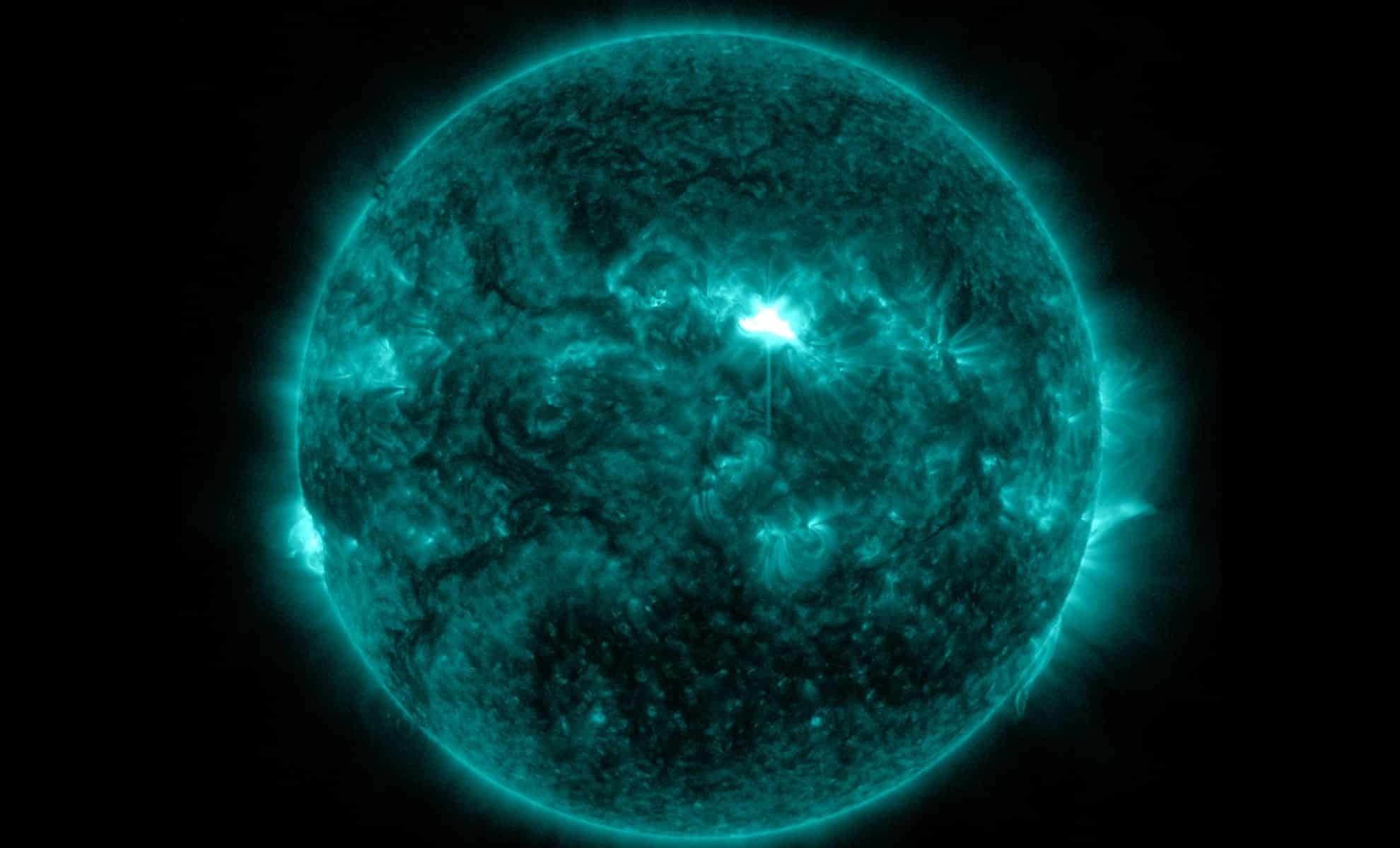
The Sun Just Released a Massive Flare – NASA Warns of Unprecedented Disruptions
How did your country report this? Share your view in the comments.
Diverging Reports Breakdown
The Sun Just Released a Massive Flare – NASA Warns of Unprecedented Disruptions
On June 17, 2025, the Sun released a massive X1.2 solar flare that peaked at 5:49 p.m. ET. The flare was captured in real-time by NASA’s observatories, who continue to monitor the Sun for similar occurrences. Solar flares, especially those of the X-class, are the most intense bursts of energy our star can emit. The most significant effects of solar flares are felt in radio communications, GPS navigation, and even satellite functionality. These powerful events highlight the increasing need for advanced space weather forecasting and preparation. It is important to grasp what a solar flare actually is, and how it affects Earth’S technology and space weather. It provides information for mitigating risks to satellites, astronauts, and terrestrial infrastructure. It also offers insight into the mechanisms behind solar flares and CMEs, which is crucial for space weather prediction.
What Are X-Class Solar Flares?
X-class solar flares are the most powerful type of solar flare, categorized based on their intensity. The X1.2 flare released on June 17, 2025, represents a major burst of energy. To understand its potential impacts, it’s important to grasp what a solar flare actually is. Solar flares are sudden bursts of energy from the Sun’s surface and outer atmosphere. These eruptions can emit radiation across the entire electromagnetic spectrum, from radio waves to gamma rays. The most significant effects of solar flares are felt in radio communications, GPS navigation, and even satellite functionality. Additionally, these flares can lead to increased auroral activity in Earth’s polar regions.
The intensity of X-class flares is particularly concerning because they are capable of disrupting the Earth’s magnetosphere, creating disturbances known as geomagnetic storms. These storms can affect power grids and satellite communications, with the possibility of cascading failures across various sectors. NASA, in collaboration with the National Oceanic and Atmospheric Administration (NOAA), tracks these events to predict and mitigate their effects on Earth’s infrastructure.
How Solar Flares Affect Earth’s Technology
Solar flares, particularly those classified as X-class, can have far-reaching consequences on Earth’s technology. For instance, these bursts of energy can cause radio blackouts, especially in high-frequency bands. These blackouts can disrupt communications in aviation, maritime, and military operations. Furthermore, solar flares can also damage the delicate electronic circuits in satellites, leading to malfunctions or even complete failure. GPS systems, which rely on these satellites for location services, are highly susceptible to interference caused by solar flare-induced radiation.
Electric power grids are another vulnerable area. A strong solar flare can induce geomagnetic storms that, in turn, produce geomagnetically induced currents (GICs). These currents can overload and damage transformers, potentially causing widespread power outages. The severe 1989 solar storm, which caused a nine-hour blackout in Quebec, serves as a reminder of the vulnerability of Earth’s power infrastructure to solar activity. Solar flares also pose a risk to astronauts in space, as the high-energy particles emitted by these flares can be harmful to both human health and spacecraft integrity.
NASA’s Role in Monitoring Solar Activity
NASA plays a critical role in monitoring solar activity, particularly through its Solar Dynamics Observatory (SDO). Launched in 2010, the SDO provides real-time data on the Sun’s atmosphere, capturing images of solar flares and coronal mass ejections (CMEs) that can affect space weather. The observatory’s instruments provide high-resolution images that allow scientists to study the Sun’s dynamic behavior, leading to better predictions of solar events.
In addition to the SDO, NASA operates a fleet of other spacecraft, including the Parker Solar Probe and Solar and Heliospheric Observatory (SOHO), which gather additional data on the Sun’s activity. The combination of these spacecraft enables a comprehensive understanding of the Sun’s behavior, offering insight into the mechanisms behind solar flares and CMEs. This data is crucial for space weather prediction, and it provides essential information for mitigating risks to satellites, astronauts, and terrestrial infrastructure.
Source: https://dailygalaxy.com/2025/06/the-sun-just-released-a-massive-flare-nasa/
